Making Cheese
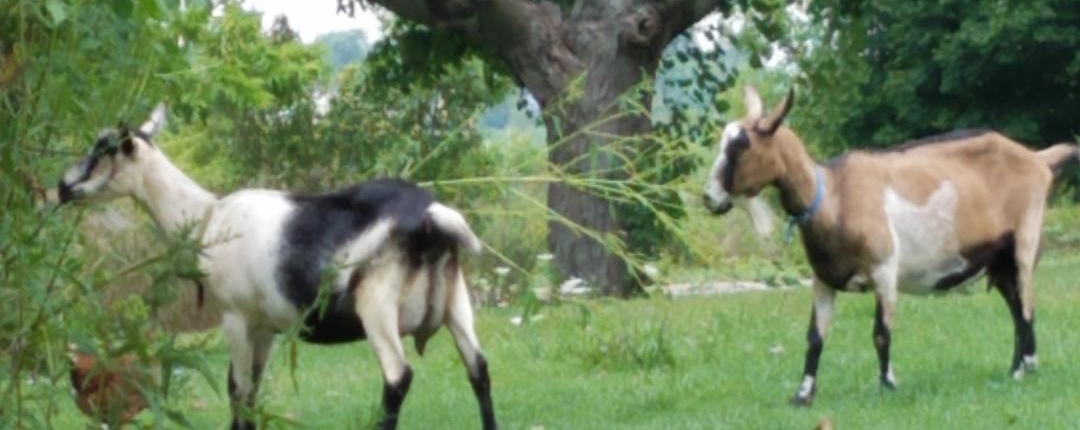
Our dynamic duo, Holly and Edith, have been producing gallons of sweet, refreshing milk for us this summer. Thanks to them, we have more than enough to satisfy our own needs and those of our herd share participants. And so I have been practicing my culturing and cheese making skills. Buttermilk, yogurt, several flavors of Chevre’, and jars of Feta with kalamata olives now fill our extra refrigerator and freezer in anticipation of the dry months when the does’ bodies need to rest.
Recently, I discovered a new cheese to try. Some call it Paneer, some spell it Panier. Either way, you’ll find it typically in Indian and Mexican recipes. Paneer is a bland, almost flavorless cheese that can be used as a protein substitute for meat. With the consistency and properties of tofu, this cheese adds a nutritious boost to many dishes while absorbing the flavors of sauces and other ingredients.
And guess what? No soy! It’s made of easy-to-digest goat milk.
Do you have a vegetarian friend or family member? Use this as a meat substitute in their chili or spaghetti sauce. Add it to tacos or curry for an easy, meatless protein. I recently used Paneer in lamb meatballs which baked in a fragrant, curry sauce. Delicious!
Paneer is easy to make and can be adapted to whatever amount of milk you have on hand. It calls for two ingredients: milk and white vinegar. That’s it!
Now, here’s how to make it:
The Equipment: a heavy bottom pan (I like a double boiler), a thermometer, food grade cheese cloth, and a cullender or strainer
The Ingredients: 1/4 cup of white vinegar for each gallon of milk that you are using, and of course, raw milk. Although I haven’t tried it, I am sure you could also reduce the vinegar for smaller amounts of milk.
Gradually heat the milk to 185 degrees, stirring frequently so it won’t scorch on the bottom of your pan. Hold that temperature for 10 minutes–using a double boiler makes this easy. Then pour in the vinegar and stir thoroughly. The milk will begin curdling and coagulating almost immediately. Let it sit for 30-40 minutes or until it cools.
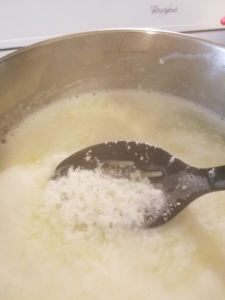
Set the cullender over a large bowl or pan and line it with a double layer of cheese cloth. Then carefully pour the milk/cheese curds through the cheese cloth. Now tie the ends together to form a bag and allow the cheese to drain for at least 12 hours. As you can see, I hang mine from the knob of a kitchen cabinet.
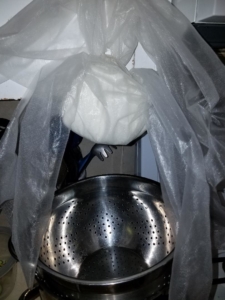
When the whey has drained off, the cheese can be sliced, cut into cubes, or crumbled. I divide mine into 1 pound portions to freeze for winter, making it easy to substitute for a pound of meat.
And now it is time for your imagination. How could you use Paneer? Smoothies? Stir fry? In a soup? Why not!
As far as the goat milk to make it with…we still have herd shares available through December/January. Contact me if you are interested in cold, fresh milk for your family.
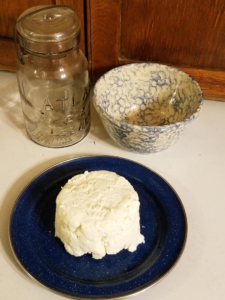

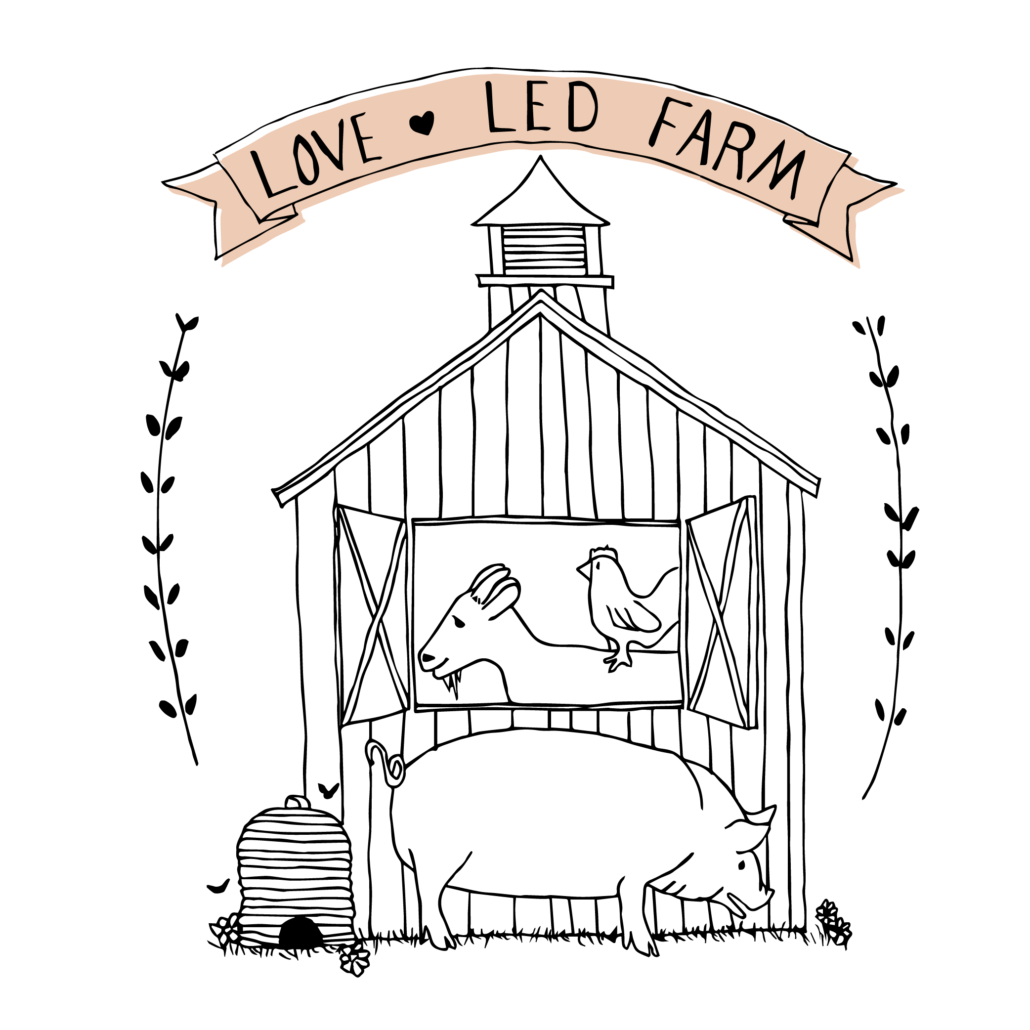
Leave a Reply
Want to join the discussion?Feel free to contribute!